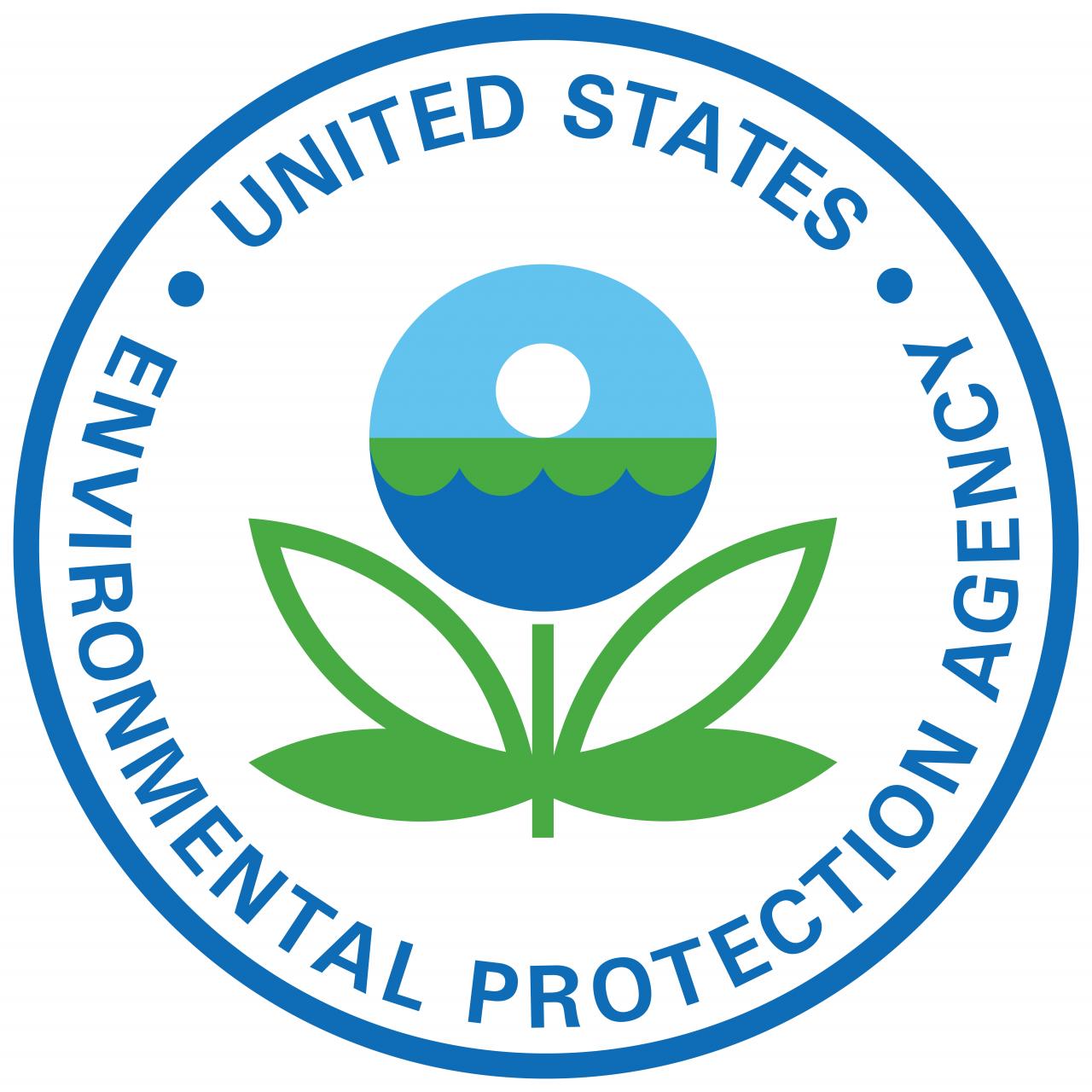February 12, 2016 Updated 2/12/2016
Email Print


Saint-Gobain Performance Plastics Corp. is supplying clean drinking water and paying for treatment plant upgrades for Hoosick Falls, N.Y., after the small town’s water was found to be contaminated by a potentially carcinogenic chemical used in making fluoropolymers.
Saint-Gobain has two factories in Hoosick Falls that manufacture products from fluoropolymers, causing environmental regulators to look at whether the company is a source of the high levels of perfluorooctanoic acid in the town’s drinking water.
The problems in Hoosick Falls have become a major political issue in New York. The U.S. Environmental Protection Agency has told residents not to drink or cook with the water and Saint-Gobain said it will spend more than $ 3 million on clean water and to upgrade the town’s treatment plant.
The International Agency on Cancer Research considers PFOA “possibly carcinogenic” for people and EPA labels it an “emerging contaminant.” In 2006, EPA reached agreement with the eight largest PFOA makers in the United States to phase it out by 2015.
Drinking water in Hoosick Falls exceeds the federal government’s provisional safe level for short term PFOA exposure of 400 parts per trillion.
Four of the five samples taken from the town’s water system by state health officials in June 2015 were over 600 parts per trillion, and EPA said it’s not known how long residents have been drinking water with levels that high.
Attention has been directed at Saint-Gobain in part because groundwater contamination near one of its facilities is about 30 times higher than the rest of the village.
Sampling done by the company found PFOA at 18,000 parts per trillion in groundwater at its McCaffrey Street facility, about 500 yards from the intake point for the town’s water supply, EPA said.
Both EPA and Saint-Gobain have said it is not definitively known where the PFOA came from, although New York state officials said their preliminary reviews holds Saint-Gobain partly responsible.
“A study needs to be done to investigate the nature and extent of the contamination and to identify all of the sources of the contamination,” according to Judith Enck, the administrator for EPA Region 2, in public comments prepared for a January hearing in Hoosick Falls.
PFOA, also called C8, was used to manufacture fluoropolymers like polytetrafluoroethylene, or PTFE, used by Saint-Gobain in Hoosick Falls.
But EPA said it does not believe PFOA was ever manufactured directly in Hoosick Falls. Fluoropolymers like DuPont’s Teflon brand PTFE have been widely used in consumer products for decades.
As a result, EPA said, PFOA has been detected in blood samples of the general population nationwide. EPA said its persistence in the environment and slow biodegradability makes it a chemical of increasing concern.
In the past, PTFE contained “trace” amounts of PFOA but it does not today, according to Saint-Gobain.
Voluntary testing
The top executive for Saint-Gobain’s Performance Plastics unit, based in Solon, Ohio, said the company was surprised to find PFOA in the town water system.
The company said it stopped using PTFE that contained PFOA at the McCaffrey site in 2003 and at its Liberty Street facility in 2014.
It volunteered to test the groundwater at its sites when local government officials first told it about problems in village water, said Tom Kinisky, global president of Saint-Gobain’s performance plastics unit, which is part of Courbevoie, France-based Saint-Gobain SA.
Kinisky spoke in an interview broadcast on the website of WNYT-TV in Albany, N.Y.
“If we look at the way we, Saint-Gobain, take our raw materials, use our raw materials here, or our products here, we had no idea it would be getting into the well system,” he said.
In a statement to Plastics News, the company said PFOA was used at approximately seven other manufacturing sites in Hoosick Falls and by at least one other company that owned the McCaffrey site before Saint-Gobain.
The firm said New York state environmental officials have said they may look at sources of PFOA outside its property, and it pointed to local media reports that mentioned fluoropolymer processing in the village as far back as 1975.
“The investigation on how PFOA entered the water supply in Hoosick Falls is ongoing,” Saint-Gobain said.
Saint-Gobain Performance Plastics bought the Hoosick Falls facilities in 1999 from Furon Co., which purchased the site from a division of AlliedSignal in 1996.
Prior to that, Saint-Gobain said the facilities had been owned by companies called Oak Industries and Dodge Industries. Dodge opened the plants in 1956.
Today, Saint-Gobain has 200 employees in Hoosick Falls making PTFE tapes and films.
Kinisky said the company is paying for bottled water for the 4,500 residents and funding upgrades to the water system, spending more than $ 3 million, because “we’re a part of this community.”
“We’ve been very proactive and transparent,” he said. “When we did the testing and found the high levels of contamination in the one well [on the company site] the spotlight naturally turned on us because we’re close by.”
One local resident who has been active in bringing the contamination to light, Michael Hickey, told Albany public radio station WAMC that local residents are fearful of what they’ve learned.
“Everybody’s been scared to understand really the magnitude of the contamination that we have and how long has it really been there,” he said.
Hickey, who has been publicly praised by EPA for his role and who started testing town water after his father died from cancer in 2013, told the radio station that he does not believe Saint-Gobain is responsible for all the contamination because it is only the most recent of five owners of the property.
“The likelihood that they [Saint-Gobain] did all the contamination is very slim,” he said. “It’s really likely over the amount of years it’s been a slow contamination for us.”
EPA said one 2012 study of Ohio and West Virginia communities drinking PFOA contaminated water for at least a year found “probable links” with kidney and testicular cancers, thyroid disease, high cholesterol and other health problems.
Media reports have quoted residents and a local doctor as saying the town has high rates of cancer, but EPA said no medical studies have been done.
New York state officials have designated the McCaffrey site as a Superfund location, a decision Kinisky said would help to track the source of the PFOA contamination.
“We need the state to help us look for these sources of contamination,” he said. “We want to find that pathway.”
As well, the New York State Department of Environmental Conservation sent a letter Feb. 11 to Saint-Gobain and Honeywell International, formerly AlliedSignal, saying its preliminary investigation finds them responsible for the contamination and cleanup costs. It said other companies could be added later.




























